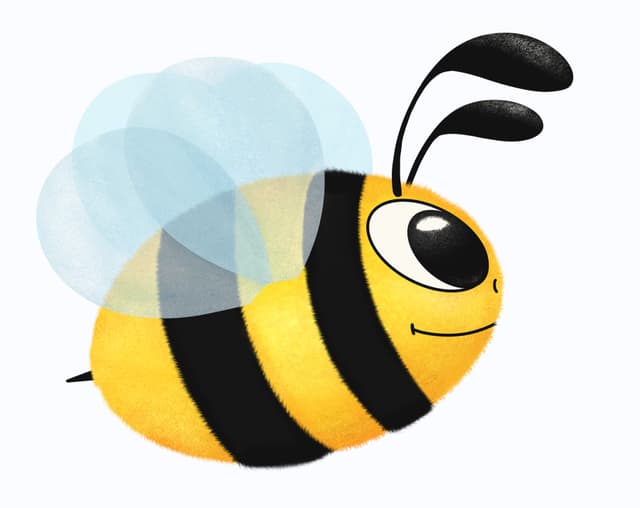
Spanish Practice with Verbs: Ser and Estar
For anyone learning Spanish, mastering the verbs ser and estar is a must. These two verbs both mean to be, but they are used in very different contexts. If you're struggling to get the hang of them, don't worry – you're not alone. Here are some tips and practice sentences to help you on your way.
Understanding the Difference Between Ser and Estar
The first step to mastering these two verbs is to understand the difference between them. In general, ser is used to describe permanent states or characteristics, while estar is used for temporary states or conditions.
For example, you would use ser to talk about someone's nationality (Soy mexicano/a), occupation (Él es un profesor), or physical characteristics (La mesa es grande). On the other hand, you would use estar to talk about someone's location (Estoy en casa), mood (Estoy feliz), or health (Estoy enfermo/a).
Practice Makes Perfect
Now that you understand the difference between ser and estar, it's time to get some practice using them. Here are a few sentences to help you get started:
Watch this exceprt from El Chavo Del Ocho:
- 1.Mi hermana ________ alta y delgada. (My sister is tall and thin.)
- 2. ________ las seis de la tarde. (It's six in the evening.)
- 3.¿Dónde ________ el baño? (Where is the bathroom?)
- 4.Yo no ________ seguro/a de que ella tenga razón. (I'm not sure she's right.)
- 5. La cena ________ lista en media hora. (Dinner will be ready in half an hour.)